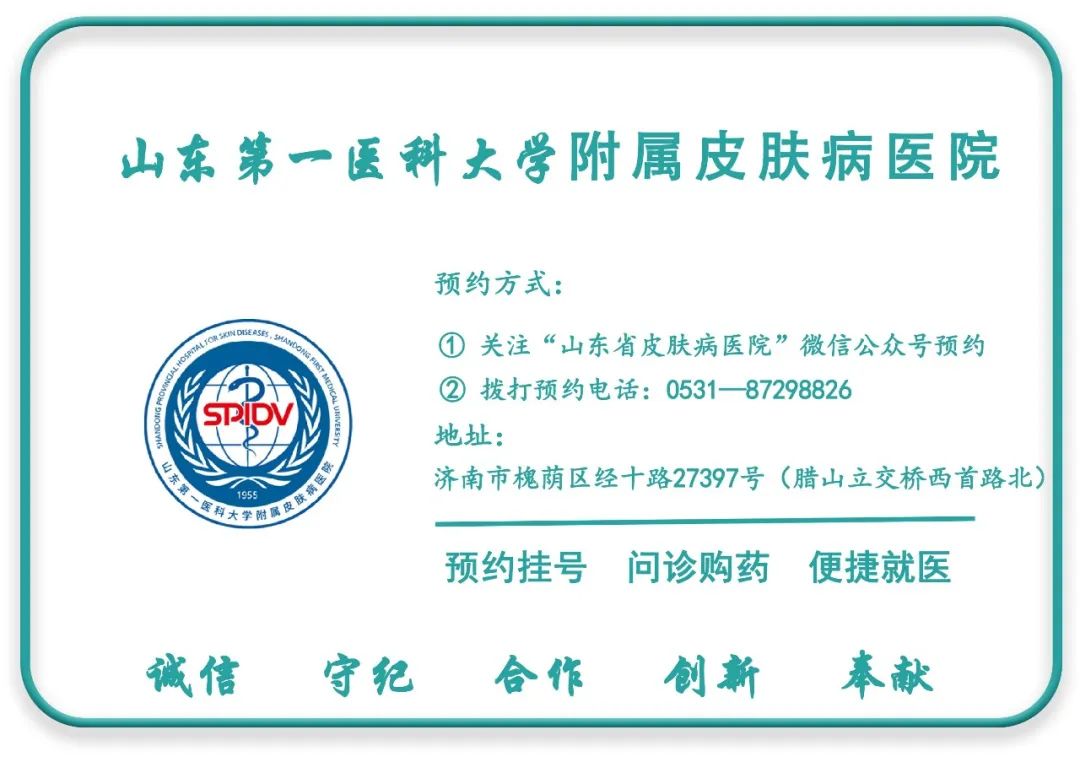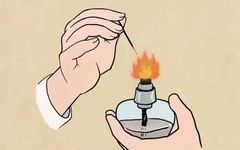
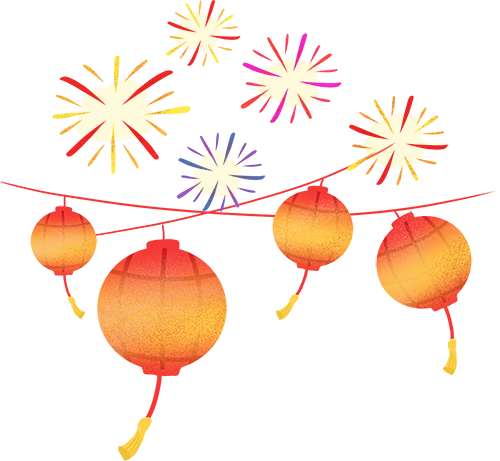
Overview of Fire Needle Therapy
Fire needle therapy involves the rapid insertion of a needle heated to red-hot temperatures into acupuncture points to treat various ailments. As early as in the “Ling Shu: Guan Zhen”, it is recorded: “For those who use the burning needle, it is effective for treating bi syndrome.” The “Shang Han Lun” also discusses the indications and contraindications for fire needle therapy. The “Qian Jin Yi Fang” states, “For treating boils and abscesses, the needle must be extremely hot.”
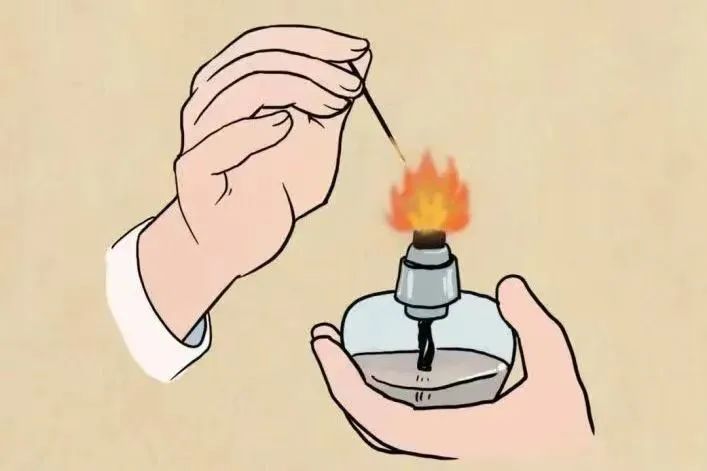
The “Zhen Jiu Da Cheng” summarizes the experiences of using fire needles for treatment prior to the Ming Dynasty, which can be referenced. This method has the effects of warming the meridians, dispelling cold, and promoting circulation, thus it can be clinically applied to treat symptoms such as cold-induced abscesses.

Introduction to Fire Needle Therapy
Fire needle therapy is a traditional external treatment method in TCM that involves quickly inserting a red-hot needle into the skin. It primarily relies on the thermal stimulation and the mechanical stimulation at the moment of insertion to exert its therapeutic effects. Therefore, it can be applied clinically to various skin diseases, such as common acne, flat warts, vitiligo, chronic eczema, neurodermatitis, nodular prurigo, and herpes zoster.
During the treatment process, patients may feel pain; however, most can tolerate this pain, which is generally mild.

Fire Needle [Alternate Names]
Burning needle, roasted needle.
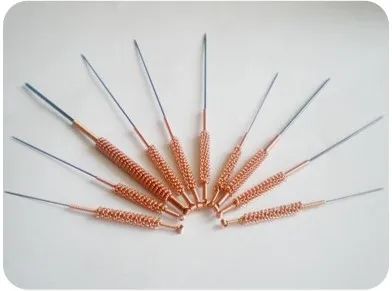

Fire Needle [Indications and Efficacy]
It is indicated for bi pain caused by wind-cold contraction of the muscles and tendons, or paralysis with inability to move. The needle is inserted quickly and withdrawn, and pressing on the hole can relieve pain; if not pressed, it can be extremely painful. For abdominal masses due to cold accumulation, the needle is inserted slowly and withdrawn while rotating to allow the stagnant fluids to flow out. For back abscesses with pus but no head, the needle is inserted to allow the pus to flow out without pressing on the hole. When using fire needles, they should not be inserted too deeply to avoid damaging the meridians, nor too shallow, or the disease will not be eliminated. This method should not be used on the face or during hot and humid summer months. Method: Fill a small dish with sesame oil, light 14 wicks, coat the needle with sesame oil multiple times, and heat it until red before use.
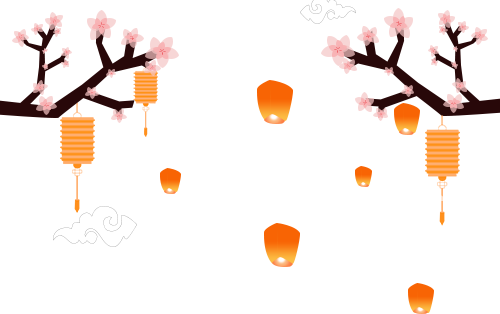
Promoting Tissue Regeneration
Promoting tissue regeneration refers to the ability of fire needle therapy to stimulate the growth of new tissue and heal wounds. The warming nature of fire needles can invigorate the body’s Yang energy, enhance the function of the spleen, and promote the regeneration and growth of new tissue, treating atrophy of limbs and various ulcerative diseases, as well as non-healing wounds.

Dispelling Cold and Dampness
Dispelling cold and dampness refers to the ability of fire needle therapy to disperse external cold, drive away internal cold, and warm phlegm-dampness. Fire needles have a dual effect of needling and moxibustion, which can open the pores to expel external cold-damp pathogens, and directly warm and assist the body’s internal Yang energy to dispel internal cold, allowing the “yin mist to disperse”. This is effective for treating symptoms of “bi syndrome caused by wind, cold, and dampness”. Various types of bi syndrome can be treated with fire needles, especially those caused by deep-seated cold, phlegm, and blood stasis, where fire needle therapy often yields remarkable results.

Relieving Itching
Relieving itching refers to the ability of fire needle therapy to disperse external wind, extinguish internal wind, and promote blood circulation to alleviate itching. TCM believes that “itching is a manifestation of wind”; the wind causing itching can originate from external sources or from internal blood deficiency and dryness. Fire needle therapy can directly expel wind pathogens from the surface and, due to its warming nature, promote blood circulation, nourishing the skin and alleviating dryness, thus stopping the itching. This effect can be used to treat various skin diseases characterized by itching, whether acute or chronic. Fire needle therapy has varying degrees of anti-itching effects, typically manifesting 1-2 hours after treatment and lasting 2-3 days. It is commonly used for treating senile pruritus, neurodermatitis, vitiligo, eczema, etc.

Removing Stasis and Pus
Removing stasis and pus refers to the ability of fire needle therapy to eliminate blood stasis, drain pus, and remove necrotic tissue. Blood stasis, pus, and necrotic tissue are not only pathological products but also significant pathogenic factors. If these products are not removed in a timely manner, they can directly affect the recovery from diseases. Fire needle therapy, with its ability to open the pores and expel pathogens, can easily remove these stasis, pus, and necrotic tissue, and is often used for treating breast abscesses, boils, ear discharge, thrombophlebitis, varicose veins, hemorrhoids, joint effusions, sprains, and headaches due to blood stasis.

Dispersing Masses and Reducing Swelling
Dispersing masses and reducing swelling refers to the ability of fire needle therapy to eliminate lumps, accumulations, and swellings. This effect can be widely applied to treat various types of swellings in different parts of the body, whether superficial or deep, and regardless of whether they are due to phlegm-damp accumulation, water retention, qi stagnation, or blood stasis. Fire needle therapy can be used to treat lipomas, scrofula, goiters, phlegm nodules, breast lumps, hemangiomas, fibromas, uterine fibroids, prostate enlargement, ovarian cysts, and even some malignant tumors such as skin cancer, breast cancer, and bladder cancer, as well as swelling of the limbs caused by stroke.

Relieving Pain and Numbness
Relieving pain refers to the ability of fire needle therapy to open the meridians and alleviate or eliminate pain. TCM holds that “pain arises from inability” or “pain occurs due to lack of nourishment.” The causes of pain can include external pathogens, qi stagnation, and more commonly, phlegm-dampness, blood stasis, and cold congealing. Causes of lack of nourishment can include blood deficiency, yin deficiency, and more commonly, yang deficiency with internal cold. Fire needle therapy is effective in transforming phlegm, dispelling stasis, warming yang, and dispersing cold, thus it can be used to treat various pain syndromes, especially those that are chronic and stubborn due to deep-seated cold, phlegm, and significant blood stasis.

Clearing Heat and Detoxifying
Clearing heat and detoxifying refers to the ability of fire needle therapy to clear and drain heat pathogens, alleviating local heat toxicity. Heat pathogens can lead to stagnation of blood and qi, and fire needle therapy can be used to treat various conditions characterized by redness, swelling, heat, and pain, such as heat bi syndrome, mumps, waist fire, breast abscesses, and boils.

Indications for Fire Needle Therapy in Dermatology
(1) Acne, folliculitis, boils, abscesses
(2) Herpes zoster, flat warts
(3) Chronic eczema, neurodermatitis, nodular prurigo
(4) Vitiligo, etc.
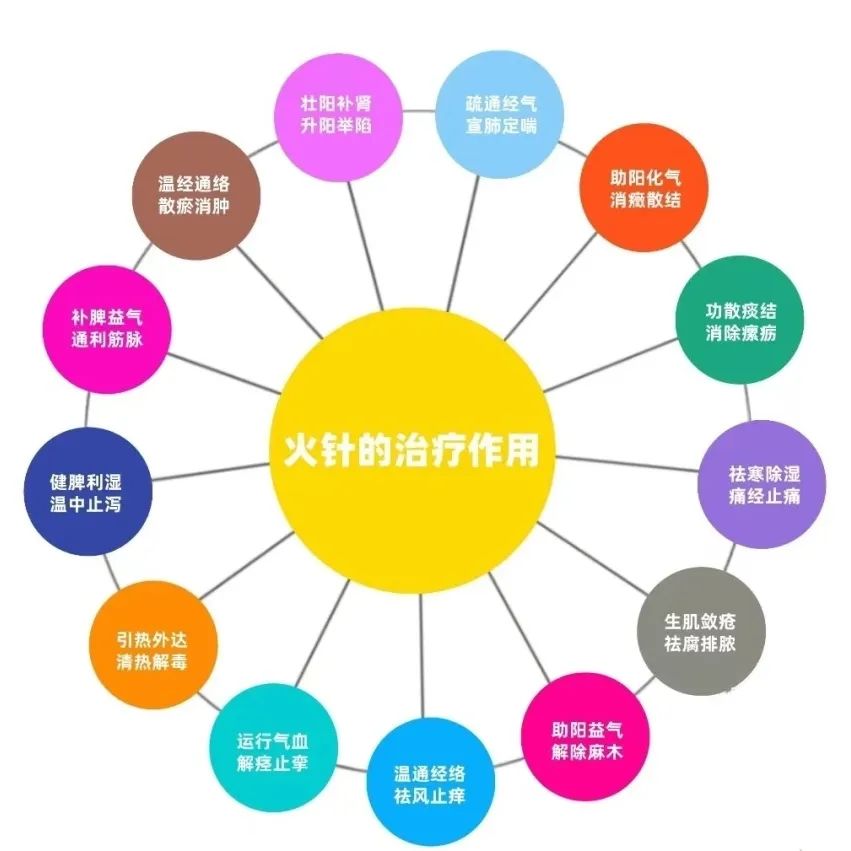

Post-Treatment Precautions for Fire Needle Therapy
1. Avoid scratching or irritating the area;
2. Keep the needle site clean and dry to prevent infection;
3. Do not wet the needle site for 48 hours post-treatment to prevent infection;
4. If redness occurs at the needle site after treatment, topical applications of iodine, mupirocin ointment, or fusidic acid cream can be used for anti-inflammatory treatment.

References:
[1] Wang Li, Qu Ziwei. Current Status and Prospects of Fire Needle Therapy in Dermatology [J]. Modern Distance Education of Chinese Medicine, 2021, 10(364): 198-200.
[2] Liu Hongxia, Li Bin. Exploration of Fire Needle Therapy for Skin Diseases [J]. Bulletin of Dermatological Science, 2019, 36(2): 207-211.
[3] Johnson R W. Herpes Zoster and Postherpetic Neuralgia: A Review of the Effects of Vaccination [J]. Aging Clin Exp Res, 2009, 21(3): 236-243.
[4] Takeo M, Lee W, Ito M. Wound Healing and Skin Regeneration [J]. Cold Spring Harb Perspect Med, 2015, 5(1): a023267.
[5] Wang Bei, Zhang Weiying, Wu Qing, et al. Efficacy of Fire Needle Combined with Self-Formulated Decoction for Treating Recalcitrant Psoriasis and Its Effects on Vascular Endothelial Growth Factor, Leptin, and Adiponectin [J]. Modern Journal of Integrated Traditional and Western Medicine, 2019, 28(30): 3382-3385.
[6] Zhang Junbi, She Yuanyao, Chen Shaojun. Randomized Controlled Trial of Fire Needle Therapy for Seborrheic Keratosis [J]. Journal of Integrated Traditional and Western Dermatology, 2019, 18(4): 345-347.
[7] Ma Xinping, Jiang Yan, Li Fei. Clinical Study of Fire Needle Combined with Silver Needle Therapy for 120 Cases of Various Cosmetic Skin Diseases [J]. Air Force Medical Journal, 2015, 31(5): 302-305.
Department of Traditional Chinese Medicine Dermatology (Physiotherapy Treatment Room)
Department Introduction
The TCM department is one of the distinctive clinical specialties of our hospital, currently having 3 PhD holders, 3 Master’s degree holders, including 2 senior titles, 3 intermediate titles, and 2 junior titles. It has a TCM dermatology outpatient clinic and a TCM physiotherapy treatment room.
Professor Liu Guoyan, the head of the discipline, adheres to the combination of TCM dialectical treatment and Western medicine diagnosis, insisting on the inheritance and innovative development of TCM, and is committed to promoting the development of integrated TCM and Western medicine in dermatology.
Our TCM department is patient-centered, aiming for disease prevention and treatment, integrating traditional external treatment methods such as bloodletting, cupping, fire needle therapy, plum blossom needle therapy, auricular pressure therapy, acupuncture, and herbal poultices with modern medical techniques (such as ultraviolet therapy, laser, surgery, and imaging technology), demonstrating significant advantages and characteristics in the prevention and treatment of skin diseases such as psoriasis, vitiligo, hair diseases, keloids, atopic dermatitis, acne, herpes zoster, melasma, and chronic urticaria.
Images sourced from the internet; if there is any infringement, please contact the author for removal.
Submitted/Edited by: TCM Dermatology Department (Physiotherapy Treatment Room) Zhang Yuanyuan
Reviewed by: Liu Guoyan
Edited by: Liu Yijun
Final Review: Liu Hong
